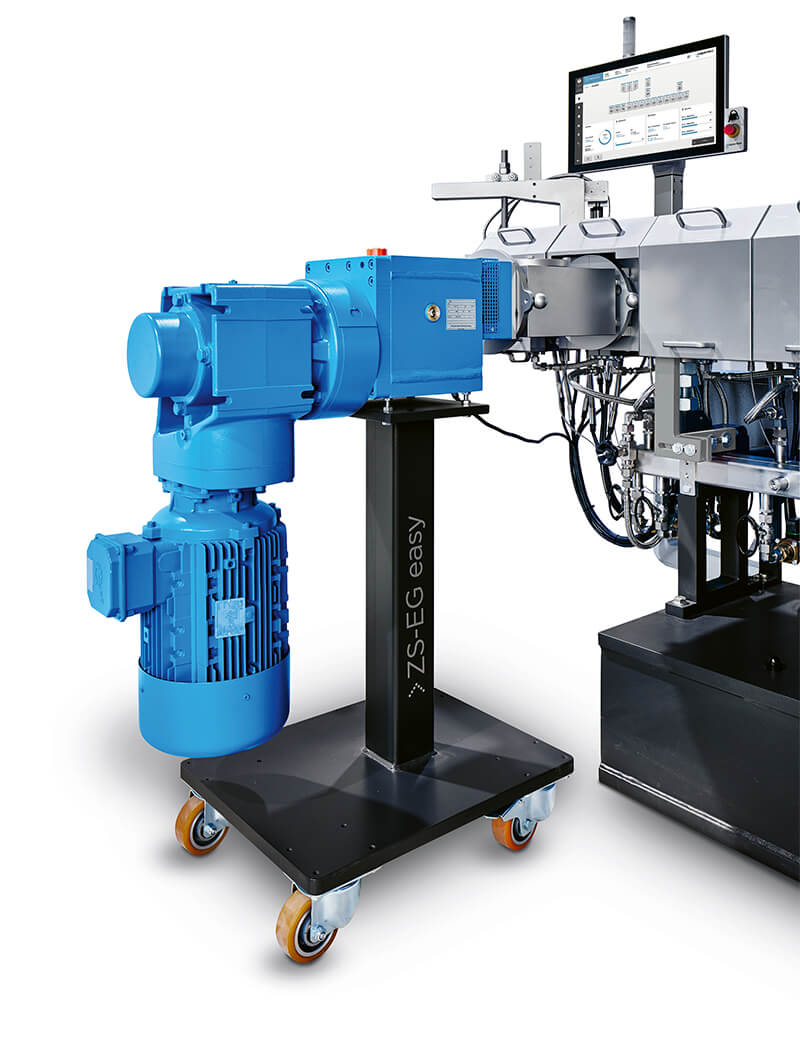The degassing zone, also referred to as the vacuum zone, is a vital part of an extruder that is frequently positioned right before the pressure build-up zone of the extruder discharge. Its main function is to effectively release gases, moisture or residual momores that may promote the formation of voids within the pellets. Co-rotating twin screw extruders are often equipped with vacuum zones for effective degassing and thus achieve a very high product quality.
Even though degassing is usually a reliable part of extrusion, issues may still occur over time. If operators are confronted with problems, the root cause is usually related to blockages or a too low vacuum level.
Defect 1: Blockage of the vacuum vent
When the material starts blowing up from the direction of the die you are dealing with a blockage in the degassing zone. To troubleshoot blockage, you normally follow a few steps. First, operators should check whether the melt has changed as compared to previous states (e.g. is the viscosity of the product lower?). If this is the case, you should adjust your parameters: decrease the die pressure by adding more die holes to it or decrease the inlet pressure of the gear pump if there is one. However, changes in the viscosity of your raw materials may also be responsible for the blockage.
If you do not find any changes in regard to the properties of the mass, the insert is possibly used incorrectly. The insert shows an arrow that needs to point in the direction of extrusion. Please make sure that you use the right type of insert for your application as this is crucial to successfully avoid build-up of the material. There are various types of inserts for different types of materials (e.g. sticky polymers or hot melts).
If you are convinced that the problems are not related to the insert you should take a closer look at the die next. As a first step, you should clean the die holes or use a new screen, if this is applicable to your system. In this connection, it makes sense to compare pressure levels before and after cleaning to determine its effectiveness.
Provided any of the above measures have not been the remedy to your problems it is most likely that the blockage is caused by the vacuum design itself. If you have recently changed the screws, make sure that no kneading elements are below the vacuum. Additionally, you should check the screw elements for wear. Abrasion is usually an indicator that you are not using the adequate material of construction for your application. Corrosion or even adhesion reveals that there is still room for optimization in terms of the screw profile.

